From only 180 million USD in export turnover in 2010, coconut exports reached more than 900 million USD in 2023 and are expected to exceed 1 billion USD in 2024.
The information was given at the Forum "Connecting production and consumption of coconut products" organized by Vietnam Agriculture Newspaper in coordination with the Department of Quality, Processing and Market Development, Department of Science, Technology and Environment ( Ministry of Agriculture and Rural Development ) and related agencies and units on the morning of December 13, in Ben Tre.
China is now a very important market for coconuts.
Coconut is one of the 6 subjects in the Project on developing key industrial crops by 2030 issued by the Ministry of Agriculture and Rural Development under Decision No. 431/QD-BNN-TT in 2024. The project sets a target that by 2030, the coconut area will be about 195,000 - 210,000 hectares; the key coconut growing area in the Mekong Delta is about 170,000 - 175,000 hectares, the South Central Coast area is 16,000 - 20,000 hectares, the remaining 9,000 - 15,000 hectares are planted in the provinces of the North Central region, Southeast region...
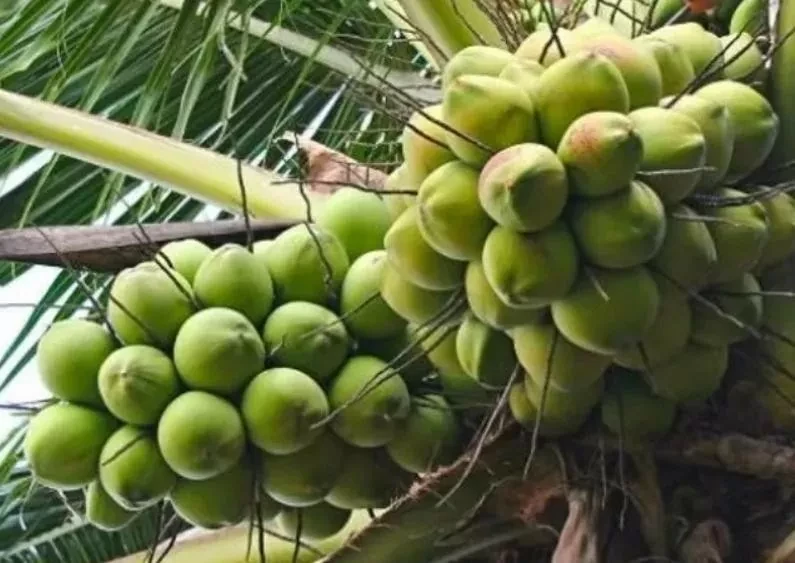
Ms. Nguyen Thi Thanh Thuy - Director of the Department of Science, Technology and Environment (Ministry of Agriculture and Rural Development) - Currently, Vietnamese coconut is becoming an export item with high value. Products processed from coconut have great potential to increase the value of coconut trees, increasing income for people. According to statistics, 30% of coconut acreage has been recognized as meeting VietGAP standards, 30% has been granted a growing area code.
Currently, the Vietnamese coconut industry, with an area of nearly 200,000 hectares, is becoming one of the key economic sectors in the central coastal provinces and the Mekong Delta. From a modest figure of only 180 million USD in turnover export In 2010, the coconut industry has grown strongly, reaching more than 900 million USD in 2023 and expected to surpass the 1 billion USD mark in 2024.
Positive steps such as the US and Europe's approval of Vietnamese coconuts, along with negotiations with China on official exports, have created a great premise for market expansion and sustainable development of the coconut industry.
Only with China market, this is a very important market for coconuts, every year your country consumes 4 billion coconuts, of which about 2.6 billion are fresh... While the demand is large but China's production capacity is limited, this is an opportunity for Vietnamese coconuts.
Recently, the Ministry of Agriculture and Rural Development of Vietnam and the General Administration of Customs of China signed a Protocol allowing fresh coconuts to be officially exported to China. This is an important turning point, opening up great opportunities for fresh coconuts from Vietnam to conquer the billion-people market.
Commenting on the opportunities and challenges in this market, Mr. Nguyen Phong Phu - Technical Director of Vina T&T Group - assessed that the Chinese market brings many great opportunities for Vietnamese coconut exports, but also contains many potential challenges.
In terms of advantages, China is a populous market with high demand for coconut products, especially fresh coconut, coconut water, coconut oil and processed coconut products. With its close geographical location, Vietnam has a competitive advantage in transportation costs compared to competitors from Southeast Asia and Africa. In addition, free trade agreements between ASEAN and China create favorable conditions for tax reduction and trade promotion. Vietnam is a country with a large coconut output, especially from Ben Tre and the Western provinces, ensuring stable supply to the market.
However, a representative of Vina T&T Group also said that exporting coconuts to China also faces many difficulties. China is increasingly raising standards on plant quarantine, quality and food safety. Fierce competition from other coconut producing countries such as Thailand and Indonesia requires businesses to improve their products and maintain reasonable prices.
Chinese companies hire small factories to package for export. Those factories do not ensure food safety and do not have packaging facility codes but still export goods to China and other markets, affecting companies that invest properly and have complete export procedures and documents.
In addition, changes in import policies; transportation, storage and logistics costs remain a challenge, especially for fresh coconuts that require careful storage; especially the heavy dependence on the Chinese market can easily lead to risks if this market changes suddenly. Therefore, optimizing quality, improving production capacity and diversifying export markets are necessary to ensure sustainable development.
Notes for businesses
Noting that businesses exporting coconuts and coconut products to the Chinese market, Mr. Ngo Xuan Nam - Deputy Director of the Vietnam SPS Office - recommends that fresh coconuts exported, including green-shelled coconuts and peeled coconuts, must comply with regulations on plant quarantine and food safety standards. In addition, coconut growing areas and packaging facilities must be registered with the Ministry of Agriculture and Rural Development and approved by the General Administration of Customs of China on the CIFER portal.
In addition to building a quality management system and traceability, application of good agricultural practices and integrated pest management programs, enterprises must sample 2% for testing before exporting. After 2 years, if there are no violations, the enterprise will be reduced to 1%.
Speaking more about the Chinese market, Mr. Nam informed that China does not have a default MRL policy, does not apply the standards of other markets or CODEX Standards. Instead, the other side updates regulations every 2 years and continuously adds new MRLs. Fresh coconut exports to China in 2024 are expected to reach 250 million USD, accounting for 25% of the total export value of the whole industry. This is a market with great potential for the coconut industry.
Not only China, the Deputy Director of the Vietnam SPS Office recommends that businesses pay attention to announcements from the EU market. In 2024, this market will have 3 announcements to change the MRL of active ingredients: Fenbuconazole, Penconazole and Zoxamide. "No matter which market we export to, we must absolutely comply with the requirements of that market," Mr. Nam emphasized.
Source


![[Photo] Prime Minister Pham Minh Chinh chairs meeting on science and technology development](https://vphoto.vietnam.vn/thumb/1200x675/vietnam/resource/IMAGE/2025/5/17/ae80dd74c384439789b12013c738a045)
![[Photo] More than 17,000 candidates participate in the 2025 SPT Competency Assessment Test of Hanoi National University of Education](https://vphoto.vietnam.vn/thumb/1200x675/vietnam/resource/IMAGE/2025/5/17/e538d9a1636c407cbb211b314e6303fd)
![[Photo] Readers line up to visit the photo exhibition and receive a special publication commemorating the 135th birthday of President Ho Chi Minh at Nhan Dan Newspaper](https://vphoto.vietnam.vn/thumb/1200x675/vietnam/resource/IMAGE/2025/5/17/85b3197fc6bd43e6a9ee4db15101005b)


![[Photo] Nearly 3,000 students moved by stories about soldiers](https://vphoto.vietnam.vn/thumb/1200x675/vietnam/resource/IMAGE/2025/5/17/21da57c8241e42438b423eaa37215e0e)
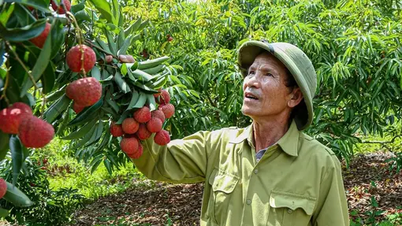

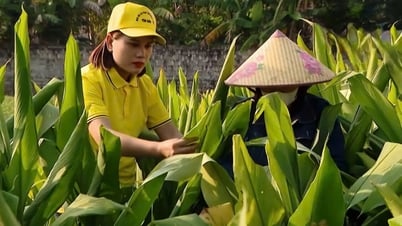




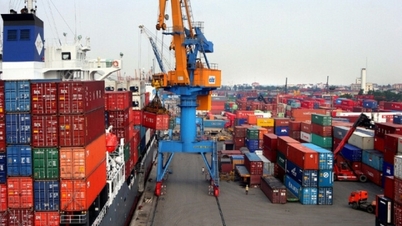
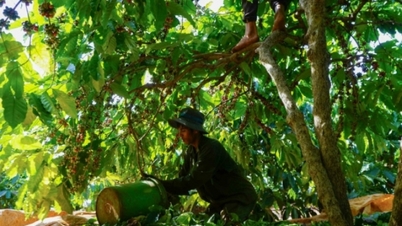





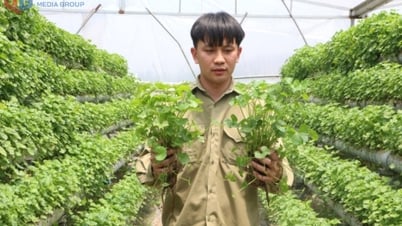







































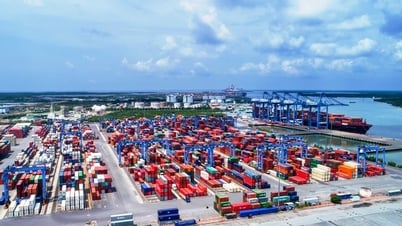


























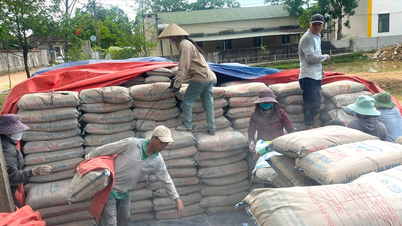






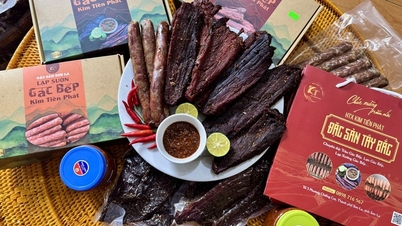

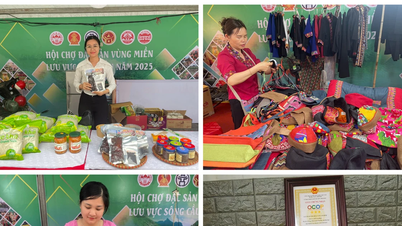




Comment (0)